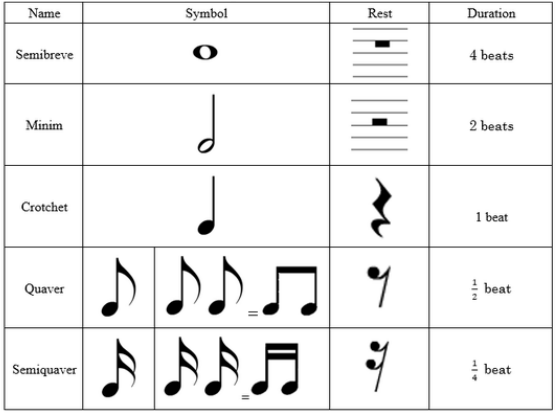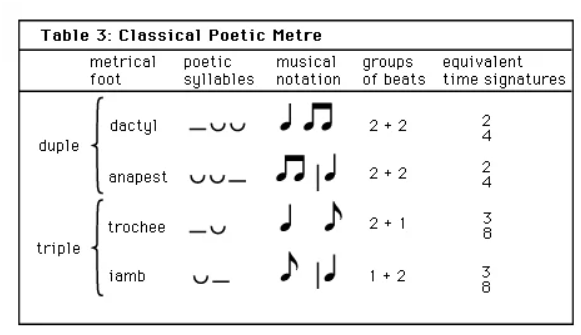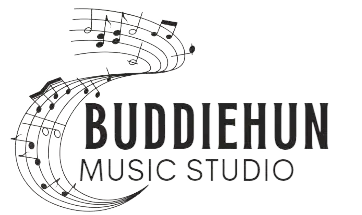Rhythm is the temporal pattern of music. The duration of a sound relative to a song’s beat or composition is known as its rhythm. Rhythms are rarely heard on their own unless performed by non-pitched percussion, but they are an essential component of melody.
Rhythms are one of the most captivating elements of a tune and accompaniment. In theory, it refers to recurring notes and pauses (silences) in time. The rhythm forms a pattern when a succession of beats and breaks are repeated periodically.
Rhythm Definition
It is a recurring sequence of rhythms, noises, activities, or movements.
Rhythm is a recurring sequence of beats, sounds, actions, or movements. In music, rhythm refers to the positioning of sounds in time. The term rhythm (Greek “rhythmos,” derived from “rhein,” meaning “to flow”) broadly means an organized interchange of contrasting elements. Rhythm is not only present in music but also in other arts such as poetry, painting, sculpture, and architecture, as well as in nature (e.g., biological rhythms).
Elements Of Rhythm
Time :
A musical time signature denotes the total beats per measure. It also specifies the duration of each beat. For example, a beat corresponds to a quarter note in a time signature with a four on the bottom. In 4/4 time (also known as “common time”), each beat is a quarter note, and every four beats make a full measure. In 5/4 time, every five beats make a full measure.

Meter:
Meter refers to feet as combinations of long (—) and short ([breve]) syllables. The use of prosody in music led to the development of a technique for notating the musical counterparts of the foot. The roots of European music started in Greece, where Classical music and poetry were considered components of a unified art form. The Romans adopted these and passed them down to medieval Europe via Latin poetry. The table below shows the foot of classical poetry and its musical counterparts.

Organic Rhythm
Music’s time framework consists of tempo, time measure, meter, and period. Its rhythmical life depends on rubato, musical themes, metrical variety, asymmetry, and phase balance. The former is more or less measured and reasonable, whereas the latter are organically inspired and mathematically irrational—the very life of music.
Rhythm is thus neither one of these rational or formal characteristics nor the result of a mixture of these variables. However, to be seen entirely, rhythm requires the background of a logical framework, but this framework does not have to include all of the rational principles outlined above.
Plainchant, as it is known today, involves no use of measure or regular meter and is highly rhythmical. While much music has a periodic recurrence of an underlying accent, whether stress or duration, the plainchant framework is irregular. Its rhythm is Latin in origin and stems from the text’s precise accentuation.
Why Is Rhythm Important In Music

Rhythm is one of the most challenging musical ideas to define and explain. Every day, you hear songs from various genres, but you probably wouldn’t be able to recognize a rhythm if someone asked you.
Rhythm is the lifeblood of music; it holds everything together. Consider an orchestra director who keeps more than a hundred players in perfect harmony, regardless of the pace of any instrument. Or two drummers playing different rhythms while perfectly merging. It’s all about the beat!
Takeaway
The heartbeat is as essential to life as rhythm is to music. Without rhythm, music would be either a steady, unchanging sound or silence. There are two types of rhythm: cyclical and non-cyclical.
Music stimulates the parts of the brain associated with spatial cognition. Studying music at an early age may even change the brain. According to research, musical instruction in youngsters can boost the activity of critical neurological systems.
Learn to Play: Twinkle Twinkle Little Star on Piano
For more engaging content and tutorials, check out our article on how to play “Twinkle Twinkle Little Star” on the piano.

